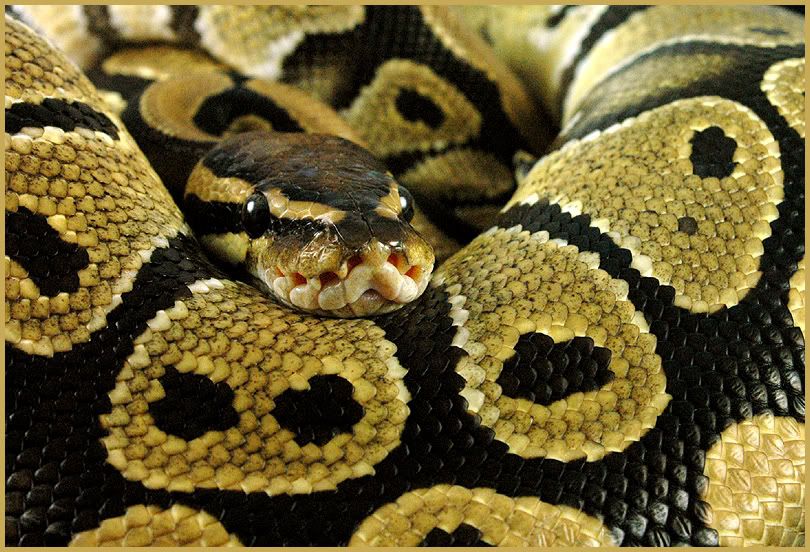
When I entered into breeding these geckos a few years ago, my animals were competitive level breeders - their coloration and structure was worth noting and reproducing. It has now been a few years since I purchased these geckos; by today's standards, they generally have one quality worth reproducing (some have great patterning, some have awesome crest structure), but are no longer top of the line. Being that I have not invested in new geckos, the animals I'm producing are generally very high level pet quality, and in about 20% of them, breeding quality. For this very reason, this will likely be the last year that I use these geckos as breeders - I'm alright with producing pet quality (someone's got to cater to those who are really just looking for an awesome pet lizard), and keeping those that I don't sell off, and at the same time, I don't want to 'flood the market' with them. It's sort of like dogs - everyone wants something different, but you don't want too many of any one kind out there or people are going to start mistreating them.
If you're looking to get into breeding reptiles, it is important to consider why you want to do this. Is it to make oodles of money? I'll tell ya - breeding reptiles for the cash and prizes is like chewing bubble gum to win an algebra contest (minus the sore jaw). Are you breeding toward a particular goal? If so, are you willing to continue investing in purchasing breeding stock to keep pace with the evolution of the traits that you're shooting for? What are you going to do with the babies that don't fit into your breeding project? Reptiles need food, and space, and decorations, and care just like any other pet - only, they can be a lot harder to get off of your hands and into a new home. (I don't understand why, really - scaly babies are just as adorable as a teeny tiny fluffy bunny...) Are you breeding them just to see if you can do it? To hatch and raise your own babies?
My next project is going to be my Ball Python line. Back in 2008, I purchased two Lesser Platinum Ball Pythons - one male, one female - and I've spent the past few years growing them up into something of breeding age and weight. I bought these two with a particular goal in mind: I want to produce, hatch, and raise my own Blue Eyed Leucistic Ball Python. I may produce several clutches of Lesser Platinums before this occurs, and all of them will be breeding quality, because they are being bred for their coloration genes (Lesser Platinum is a color morph of a standard Ball Python) rather than a combination of traits (Crested Gecko breeding quality is based on the individual displaying a large collection of different visible traits).
Normal Ball Python (my pet-only sweetheart, Loki):

Lesser Platinum Ball Python (my female, Leyla):

Breeding reptiles is a constantly evolving (no pun intended) practice - it saves you a lot of time, energy, and money if you really do your research beforehand. It all comes down to responsibility, really. Get some background on the species that you want to breed, know /why/ you want to breed them, what sorts of projects other people are doing with the same species, have a plan for what you're going to do with the 'extra' babies, and - if push should come to shove - know that you need to be prepared to take care of every animal you produce.
No comments:
Post a Comment